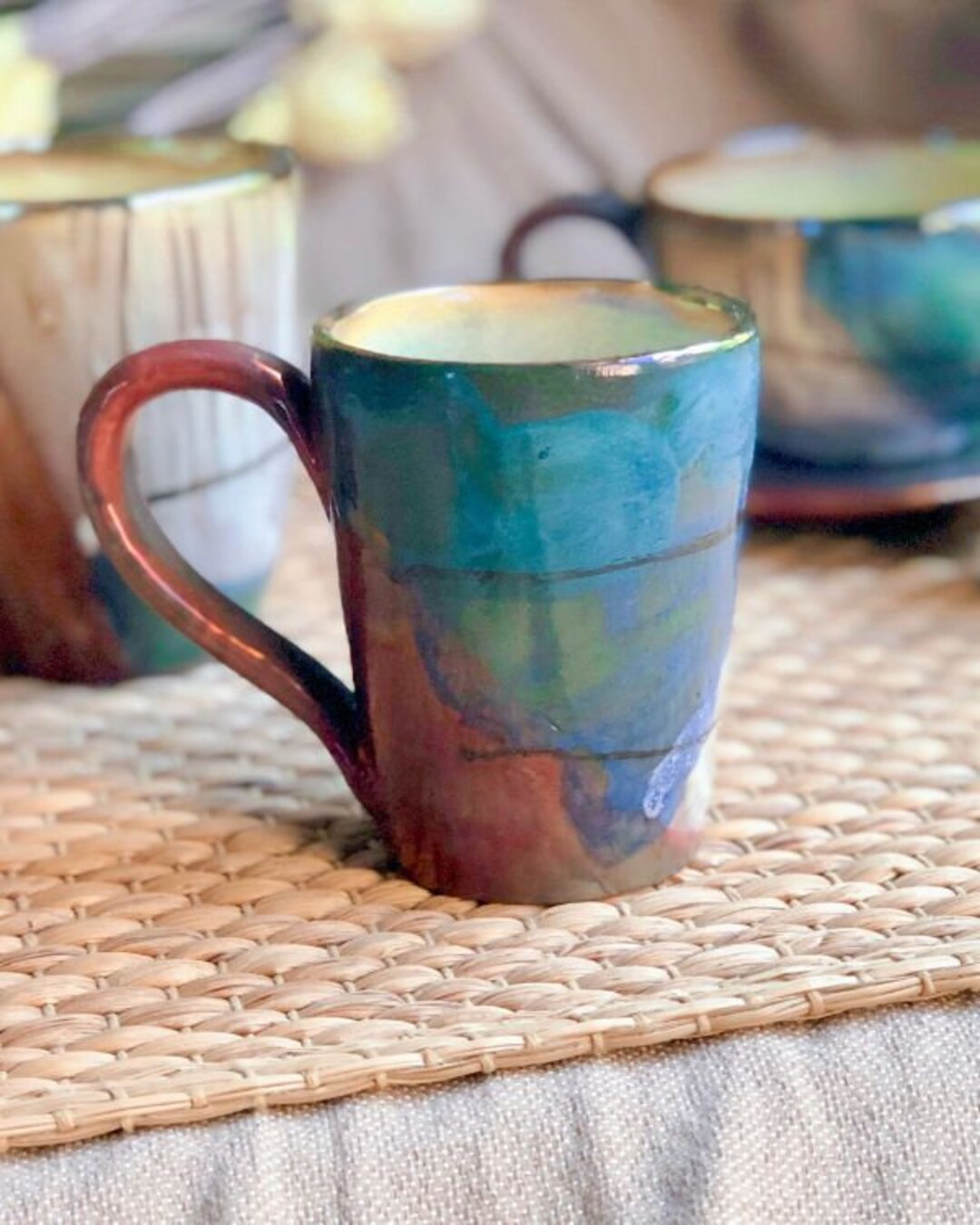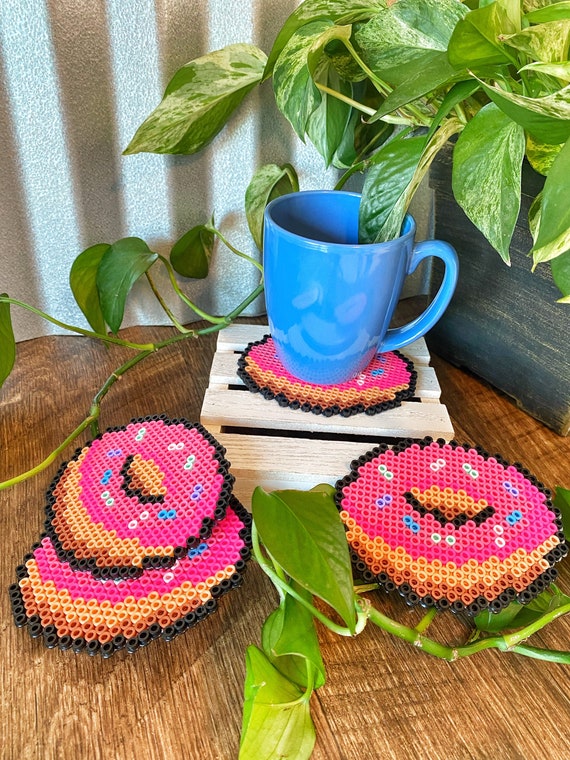From Walls to Tabletops: Accept the Diversity of Unique Artwork in Your Home
From Walls to Tabletops: Accept the Diversity of Unique Artwork in Your Home
Blog Article
Include a Touch of Elegance to Your Home With Padding Art Creations
When it comes to instilling style into your home, one commonly ignored yet impactful element is cushion art developments. Envision an area where every padding informs a special story or adds a pop of color, effortlessly connecting the space with each other.
Choosing the Right Cushion Art Style
Picking the suitable padding art design involves thinking about elements such as color design, pattern coherence, and total aesthetic interest complement your living room easily. When picking a padding art layout, it is necessary to assess the existing color palette in your room. Choose for colors that either complement or contrast with the leading shades in your area to produce a visually enticing setup. Additionally, think about the patterns already present in your furnishings or design to guarantee that the cushion art layout does not clash but rather boosts the general look.

Combining and Matching Patterns and Appearances
When blending patterns and textures in cushion art productions, an unified balance can be accomplished via thoughtful mixes that boost the aesthetic appeal of the living area. Furthermore, combining various structures such as velvet, bed linen, or silk can add a tactile element to your paddings, making them not only visually attractive but additionally inviting to touch.
One efficient method to blend textures and patterns is by picking an usual color palette that links the various components with each other. This cohesive color design will certainly ensure that despite having various patterns and appearances, the general appearance stays unified and stylish. Trying out stripes, florals, geometric prints, and strong materials to find a combination that talks with your personal style while elevating the visual of your living area.
Incorporating Padding Art Into Different Rooms
To flawlessly incorporate pillow art right into numerous rooms, think about the shade scheme and general layout aesthetic of each space. In the living room, where events and leisure typically happen, choose for pillows that enhance the couch and curtains to create a cohesive appearance. Bold and brilliant padding art can inject energy into the room, while softer shades can advertise a sense of calmness.
For the bedroom, where convenience and peace are vital, pick padding art that improves the bed linens and includes a touch of luxury. In the home office, where performance is paramount, consider incorporating paddings that give lumbar support while also including a pop of color or pattern to the space.
DIY Tips for Creating Your Own Cushion Art
Crafting your very own cushion art can be a creative and satisfying means to individualize your living spaces. Next off, choose a focal factor or motif for your pillow art, such as flower motifs or geometric forms, to lead your innovative procedure.
When it concerns the real development, purchase great top quality fabric paint or pens that are designed for textiles. Exercise your design on a spare item of material prior to using it to the padding cover. Keep in mind to allow each layer of the original source paint dry entirely before including another to avoid smudging.
In addition, try out different strategies such as stenciling, block printing, or freehand illustration to achieve the preferred appearance. placemat art. Do not be afraid to mix and match colors to produce a aesthetically enticing and lively design. Finally, seal your artwork with a material sealant to ensure its durability and durability. With these do it yourself tips, you can transform common pillows into unique art pieces that show your personal style and creativity.
Maintenance and Look After Cushion Art Parts

Verdict
In conclusion, pillow art developments can add a touch of beauty to any kind of home. By thoroughly choosing the best style, blending and matching patterns and textures, including them into various rooms, and even developing your own DIY padding art pieces, you can raise the visual of your living space. Keep in mind to on a regular basis care and preserve for your pillow art to guarantee it remains to boost the setting of your home.
Selecting the suitable padding art layout involves thinking about aspects such as shade system, pattern comprehensibility, and overall visual allure to enhance your living room effortlessly (Lion Placemats). Furthermore, consider the patterns already existing in your furnishings or style to make sure that the padding art layout does not clash yet instead improves the overall look
Bigger pillows work well on beds and sofas, providing both comfort and design, while smaller sized cushions are ideal for accent chairs or to include a pop of color to a neutral space.To seamlessly integrate padding art into different spaces, consider the shade plan and general style aesthetic of each area. By carefully selecting the ideal style, mixing and matching textures and patterns, including them into different rooms, and also producing your own Do it yourself padding art items, you can elevate the visual of your living area.
Report this page